Have you ever had a toothache so painful that it felt like an emergency? Or have you ever broken or chipped a tooth and wondered if it was an emergency? The truth is, some dental emergencies require very little time to resolve, while others require immediate attention from a dentist. Knowing how to handle common dental emergencies can help you protect your teeth and gums and save yourself time and money when the unexpected happens.
Types of Dental Emergencies
The most common types of dental emergencies include severe toothaches, knocked-out teeth, broken or cracked teeth, lost fillings or crowns, bleeding gums, and swollen jaws. Each of these situations requires slightly different care; however, there are some basic steps that you should take in any case.
First Steps to Take
In any dental emergency situation, the first step is to clean the area around the affected area with warm water. This will help remove any debris or bacteria that could cause further damage or infection. If possible, try to find any pieces of your tooth that may have fallen out during the incident. Clean them carefully before attempting to reinsert them into your mouth. Additionally, over-the-counter painkillers such as ibuprofen can help reduce inflammation and relieve any pain associated with the injury.
When Should You See a Dentist?
If your symptoms do not improve after taking these steps—or if the injury is severe—you should seek medical attention from a dentist immediately. A qualified professional will be able to diagnose your situation more accurately and provide more effective treatment than self-care methods alone can offer. Your dentist might suggest using braces or wires to fix chipped teeth, or they may recommend taking X-rays or performing root canal therapy for severe cases. In addition, dentists can create custom crowns for damaged or missing teeth in order to restore their natural appearance and function.
Conclusion: Dental emergencies can range from mild discomfort to severe pain depending on the type of trauma experienced by the patient. Knowing how to respond in these situations can help reduce damage caused by trauma while preventing future problems with oral health. Taking basic steps such as cleaning the affected area with warm water and taking over-the-counter painkillers can alleviate minor issues until medical attention is available from a qualified dentist. Whether you’re dealing with a minor nuisance or something more serious, it’s important to know what steps should be taken when faced with a dental emergency so that appropriate action can be taken quickly and effectively!



